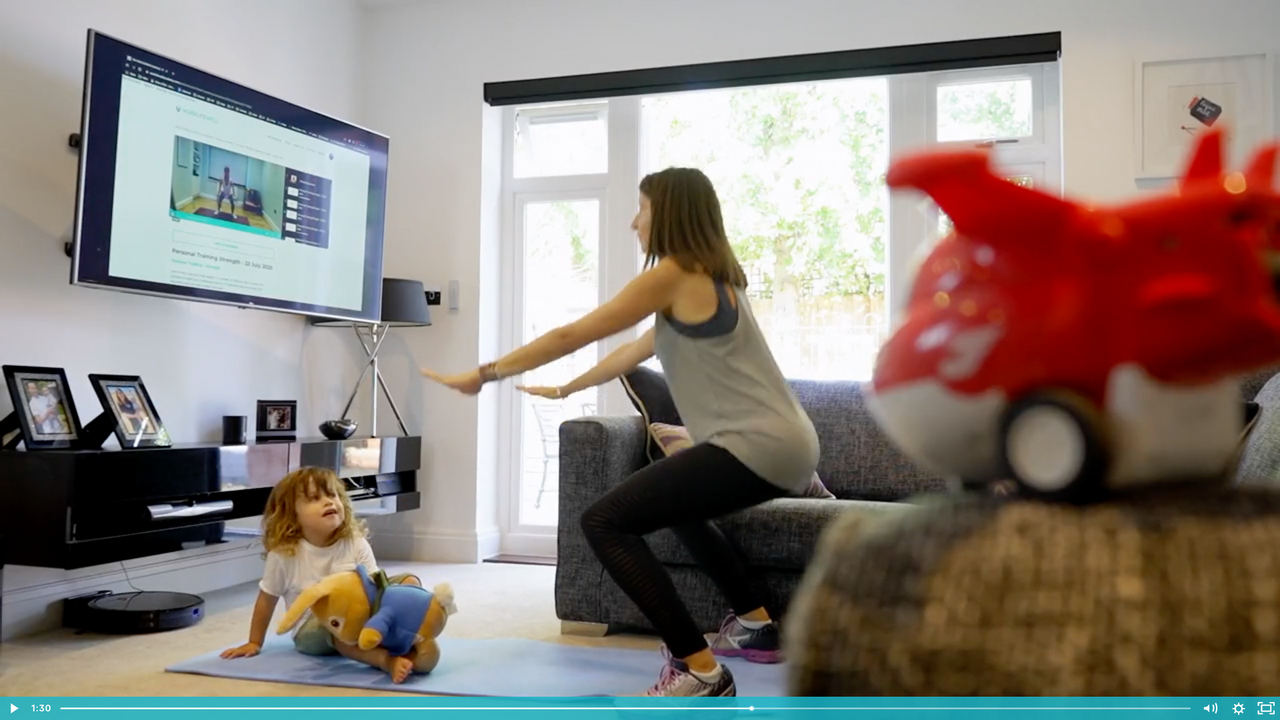Knowledge Sharing Network

We brought HR and wellbeing leads together from across different sectors to share their wellbeing related challenges, and exchange ideas on how to combat the ever-increasing levels of stress and anxiety as we start to return to the office.
Here are some of the big questions we asked:
- What are your COVID Keeps?
- Have Chief Executives become the new heads of wellbeing?
- Has working remotely removed some of the accessibility barriers?
- Are colleagues at risk of burnout?
- Are we seeing more postural issues, social anxiety and experiencing mental health challenges?
The HR and Wellbeing leads around the (Zoom) table spanned a variety of sectors, from financial services, communications and supporting pharma companies to satisfy drug regulations. Whilst their businesses are very different, when it comes to employee wellbeing, there's a lot in common.
Employee engagement
The greatest challenges related to keeping colleagues connected and motivated whilst working remotely. Despite offering plenty of wellbeing-related support, actively gaining enrollment and engagement remains the greatest ongoing challenge - Do you have an employee wellbeing engagement plan?
COVID Keeps
The term ‘COVID keeps’ relates to all the positive changes during the pandemic which we want to keep longer term. Many colleagues have enjoyed not having to commute, as individuals and businesses have reaped the benefit of reducing significant costs and time spent travelling - What are your wellbeing COVID keeps?
Burnout
Working from home remains the only consistent and constant thing. Greater concern over job security, lack of separation between home and work life and not being able to get away on holiday, all increased stress and has reduced colleagues' resilience - How are you becoming a more caring and compassionate employer and what are you doing to prevent burnout?
New Skills
Chief Executives are taking on new wellbeing-related issues, which in smaller businesses have taken them away from running the business. Leading wellbeing is not something that CEOs were trained to do or required to do in the past. Every leader is having to adjust, be more empathetic and learn new skills to evolve the culture and lead teams remotely - How are you helping leaders to change and develop new skills?
Accessibility
Working remotely has removed many of the barriers. A huge positive for those with disabilities, parental or caring responsibilities who were deterred by commuting. There is a massive opportunity to bring new groups of people into the workforce, and encourage greater diversity and inclusion - Have you considered the opportunities that greater accessibility could bring?
Whilst we turn to the expertise of colleagues in HR or Wellbeing for the answers, the only truism is that none of us have been here before, or have the experience of navigating these unique challenges.
So here are 3 practical tips for developing your employee wellbeing and spark change:
- Next time you run a wellbeing workshop try using live polls to gather data and pinpoint wellbeing needs. This will help you to overcome survey fatigue and refine your wellbeing programme.
- Ask leaders and managers how equipped and confident they feel in asking colleagues about how they feel and what they will do when a colleague tells them they are struggling. This will help you to understand whether you have a skills gap.
- Don’t just think about wellbeing activities, spend time creating an engagement plan. You will get far greater engagement by tailoring the communications to specific needs. For example, Yoga can appeal to home workers hunched over the kitchen table to help improve posture and can also help those working long hours and finding it hard to switch off to relax and reduce stress. Don’t just say come along to a Yoga class!
Feel free to contact us ([email protected]) about your employee wellbeing challenges, and together we can WorkLIfeWell.
Author: Dr. Adam Greenfield, Co-founder of WorkLifeWell | Doctor of Chiropractic | Wellness Specialist
Follow Adam on LinkedIn


